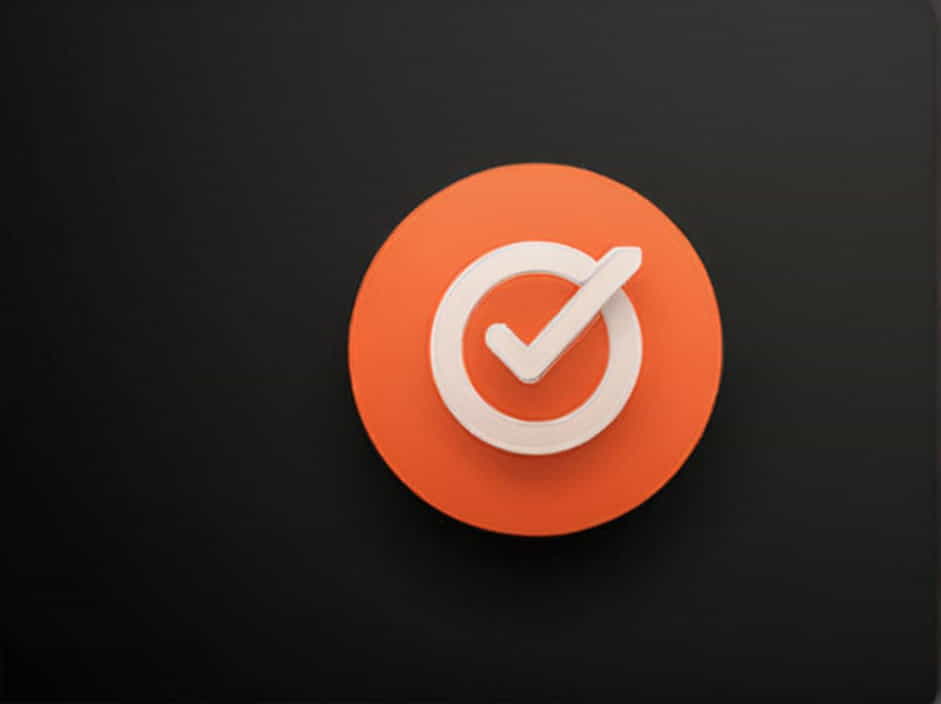An overdraft fee is a charge imposed by banks when a transaction exceeds the available balance in your account. This fee can add up quickly, making it essential to understand how overdraft fees work, how to avoid them, and what to do if you get charged.
What Is an Overdraft Fee?
An overdraft fee is a penalty charged by banks when your account balance goes below zero. This happens when you spend more money than you have, and the bank covers the difference temporarily.
Example of an Overdraft:
- Your account balance: $50
- You make a purchase: $75
- Overdraft amount: $25
- Bank covers the $25 shortfall but charges an overdraft fee, usually between $25-$40 per transaction.
How Overdrafts Work
1. Standard Overdraft Protection
Some banks offer overdraft protection, which allows transactions to go through even when funds are insufficient. However, a fee is typically applied.
2. Linked Account Protection
If you have another account, such as a savings account, linked to your checking account, the bank may transfer money automatically to cover the shortfall. Some banks charge a transfer fee, while others offer this service for free.
3. Declined Transactions
If you don’t have overdraft protection, your transaction may simply be declined, avoiding fees but potentially causing inconvenience.
Common Transactions That Trigger Overdraft Fees
Overdraft fees can be charged on various transactions, including:
✔ Debit card purchases – Swiping your card for an amount greater than your available balance.
✔ ATM withdrawals – Taking out more cash than your account holds.
✔ Online bill payments – If your account lacks sufficient funds to cover automatic withdrawals.
✔ Checks – Writing a check that exceeds your balance.
How Much Are Overdraft Fees?
Most banks charge $25 to $40 per overdraft, depending on their policies. Some banks also impose:
- Daily overdraft fees – A charge for each day your account remains negative.
- Multiple overdraft fees – If you make several transactions while your account is overdrawn, you may be charged for each one.
How to Avoid Overdraft Fees
1. Monitor Your Account Regularly
Use mobile banking apps to check your balance before making purchases.
2. Set Up Low Balance Alerts
Many banks offer alerts that notify you when your balance drops below a certain amount.
3. Opt-Out of Overdraft Protection
If you don’t want the bank to approve transactions that exceed your balance, opt out of overdraft protection. This will cause transactions to be declined rather than incurring a fee.
4. Keep a Financial Cushion
Maintain a small buffer in your account to prevent accidental overdrafts.
5. Link a Backup Account
Connect your checking account to a savings account or credit card to cover overdrafts without hefty fees.
6. Use Overdraft-Friendly Banks
Some banks offer no overdraft fees or lower fees, so consider switching to a more flexible bank.
Can You Get an Overdraft Fee Refunded?
Yes, banks sometimes waive overdraft fees if you ask politely, especially if you’re a long-term customer with a good history. Steps to request a refund:
- Call customer service – Explain that it was a mistake and ask for a refund.
- Be polite and persistent – If the first representative refuses, ask to speak to a manager.
- Use your account history as leverage – If you rarely overdraft, mention your good track record.
Overdraft fees can be costly, but they are avoidable with careful financial management. By keeping track of your account balance, setting up alerts, and opting out of overdraft protection, you can prevent unnecessary charges. If you do get hit with a fee, don’t hesitate to call your bank and request a refund.
